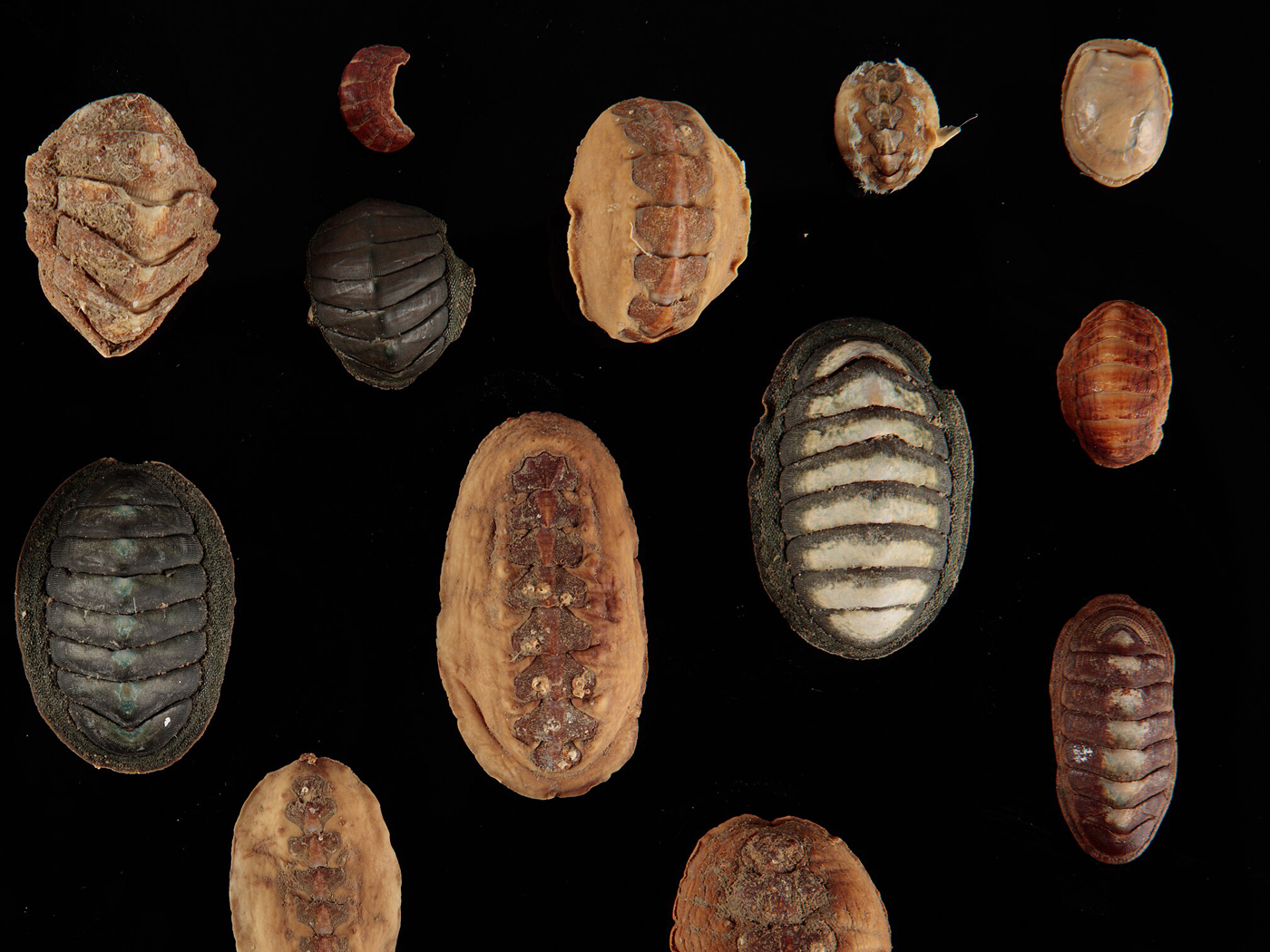ICR’s research holds promise in answering some of the most pressing creation questions of our time. Below are brief descriptions of our scientists’ current projects.
Genetics: Human Genome and Chimp Genome Projects
Evolutionists have used selective data to claim that the chimpanzee and human genomes are 98 to 99% similar, which they believe supports human evolution. Based on evolutionary assumptions, secular scientists have assembled chimpanzee DNA sequences using the human genome as a framework. Thus, it’s not surprising the chimp genome appears much more human-like than it actually is.
ICR researchers are analyzing all the available data rather than comparing only preferred portions of the two genomes. A number of studies have been completed, and their results demonstrate that overall similarities between the genomes are much fewer than claimed and do not support evolution.
Geology: Column Project
ICR geologists are constructing a 3-D computer database of sedimentary rock layers from almost a thousand geological sites from around the world. They’re looking at the actual rocks using oil-well data and outcrops at each location. Mapping and correlating this information will help them better understand the stages of the Genesis Flood.
Fossils: Dinosaur Proteins Project
Secular scientists have discovered about a dozen different proteins still intact inside dinosaur and other fossil bones. Some fossils even contain preserved cells, blood vessels, and skin. This surprises evolutionists because they believe these fossils are millions of years old, and these biomaterials decay far too quickly for that. ICR is carefully studying the nature and extent of short-lived fossil tissue. For example, each discovery of partly intact collagen in fossils indicates an age that is orders of magnitude younger than the claimed evolutionary age.
ICR researchers have also found measurable amounts of radiocarbon in dinosaur and other fossil bones, wood, and shells thought to be older than 100,000 years, the maximum “shelf life” of carbon-14. This research has the potential to help determine true fossil ages.
Astronomy: Distant Starlight and Intergalactic Structures Projects
Surveys of galaxy positions in the universe reveal structures that appear to be contrary to the predictions of secular models. Are these structures real or merely an artifact of the way the data have been collected? ICR scientists have developed a new technique to remove selection effects in galactic surveys, allowing accurate assessment of patterns of galaxy positions in the universe.
In addition, there is not yet a consensus creationist answer to the question of how distant starlight is visible within the creation timescale. The physics discovered by Einstein allows for several possible answers. ICR researchers continue to explore these models, checking their respective predictions against observations.
Anatomy: Organism Interface Project
The Organism Interface Project applies engineering principles to reveal biological details that explain how organisms successfully relate to their environment and to other organisms. It seeks to answer questions such as “If God originally created the world without disease, why do we have disease-fighting capabilities?”1
Climate: Refuting Milankovitch and Pre-Flood Climate Projects
Past ICR climate research involved studies of pre- and post-Flood climates and refutations of claims that the deep ice cores of Greenland and Antarctica prove an old earth. Current research seeks to refute secular ice age theories, in particular the Milankovitch (or astronomical) theory of climate change. That theory plays an extremely important role in secular dating schemes since it is used to date deep seafloor sediment cores and ice cores and even to calibrate the standards for one particular radiometric dating technique.2
Physics: Radiometric Dating, Accelerated Decay, and Isotope Projects
ICR’s current physics research projects focus on exposing the errors in secular dating methods, analyzing the conditions under which decay can be accelerated and analyzing samples for the intermediate half-life elements to refute deep time.
By God’s grace, ICR’s ongoing research efforts will add to the abundance of evidence supporting the Genesis account of creation.
References
- See Guliuzza, R. J. and F. Sherwin. 2015. Does Our Immune System Indicate Disease Before the Fall? Acts & Facts. 44 (1): 17.
- SeeHebert, J. 2016. Deep Core Dating and Circular Reasoning. Acts & Facts. 45 (3): 9-11.
*Mr. Sherwin is Research Associate, Senior Lecturer, and Science Writer at the Institute for Creation Research.














